Act I
Violetta has been to a sanatorium to treat her tuberculosis. On her return to health she throws a party to mark her re-emergence in the demi-monde under the protection of Baron Duphol. Her guests have just completed a long lunch and the Baron is reading the last pages of a novel by Dumas to Violetta as Flora, a rival courtesan, enters with her protector the Marquis.
Alfredo is introduced to Violetta by the decadent Gaston. Alfredo has begged Gaston to introduce him to Violetta. He has long been enthralled by her and has enquired after Violetta every day of her illness.
Violetta insists that everyone sits together and drinks a toast to the occasion. Alfredo is prevailed upon to sing a drinking song from Provence.
As the guests leave to dance in the ballroom, Violetta feels faint and is momentarily left alone. Alfredo re-enters and confesses his love for her. She asks him to return the following day.
After her guests leave and she is alone, Violetta begins to consider the conflicting feelings of love and hedonism that are pulling her in opposite directions.
Act II
Scene I
Violetta and Alfredo have been living together for three months in a house in the country. When Alfredo discovers that Violetta is selling her belongings to pay for their expenses, he is conscience-stricken and leaves to visit his father, to raise some money. His father however has decided to call on Violetta to persuade her to give up Alfredo. Alfredo’s sister hopes to be married soon, and his relationship with Violetta jeopardises the family’s honour. Violetta realises that as a ‘fallen woman’ she would destroy Alfredo’s family and consents to leave him. She decides to leave instantly and writes a message to Alfredo, breaking off their affair. When Alfredo receives the message he is distraught and, despite his father’s attempts to console him, rushes off to wreak revenge on Violetta.
Scene II
A party is being held in Flora’s house. Alfredo enters to join the gambling party. When Violetta enters on the arm of the Baron she freezes with tension. Alfredo begins to insult the Baron and the two rivals meet over cards, and Alfredo, unlucky in love, cannot lose a hand. The game is interrupted by dinner.
Violetta begs Alfredo to leave before Duphol seeks revenge. Alfredo insists she comes with him and, in desperation, she says she loves the Baron. Alfredo publicly humiliates Violetta and throws money at her as payment for her services. Alfredo’s father reproves him for such behaviour.
Act III
It is early morning and Violetta is sleeping. The doctor has given her only a few hours to live. Violetta rereads a letter from Alfredo’s father, telling her that the Baron was wounded in the duel with Alfredo and that Alfredo may have left the country.
But Alfredo has been told by his father of Violetta’s sacrifice and he returns — only to be confronted by the dying Violetta. He humours her by telling her that they should plan a new life away from Paris. Alfredo’s father has followed him and enters, followed by the doctor. Violetta suddenly feels revived, ready to start a new life with Alfredo — but this is only the symptoms of the last moments of her disease and she falls dead.
Set in and around Paris in about 1850.
Act I
Violetta Valéry, a Parisian courtesan, greets the guests at her salon. Among them are Flora Bervoix, the Marchese D’Obigny, Baron Douphol and Gastone, who introduces Violetta to a new admirer of hers, Alfredo Germont. The young Germont, who has been admiring her from afar, joins her in a drinking song. An orchestra strikes up in an adjacent room, inviting the guests to dance. As the guests make their way to the ballroom, Violetta, who is suffering from consumption, feels faint; she therefore sends the guests on ahead and retires to her boudoir to recover. Alfredo enters and, realising that they are alone, admits his love for her. She replies that love means nothing to her. She
is, however, touched by the young man’s sincerity and promises to meet him the following day.
When the guests have departed, she asks herself whether Alfredo is the man she could love. Despite
the strains of Alfredo’s love song drifting in from outside, she decides she prefers her freedom.
Act II
scene 1
A few months later: Alfredo and Violetta have set up house together in the country, outside Paris. Alfredo says how happy they are, but when Violetta’s maid Annina lets on that Violetta has been selling her belongings to pay for the house, he hastens into town to raise the money himself. Violetta comes in search of him and discovers an invitation from her friend Flora to a soirée that very night. Violetta has no intention of returning to her former life, but she is forced to reconsider
on encountering Alfredo’s father. He is very taken with Violetta and her civilised manners but orders her to renounce Alfredo: his son’s scandalous liaison with Violetta is threatening his daughter’s forthcoming marriage. Violetta considers his demand unreasonable, but before long Germont succeeds in persuading her. Alone and desolate, Violetta sends a reply to Flora accepting her invitation and sits down to write a farewell letter to Alfredo. His return takes her by surprise, and she can barely restrain herself as she passionately reminds him how much she loves him before
rushing out. As the maid brings him Violetta’s farewell letter, Germont returns to console his son and reminds him of life in their family home in Provence. Alfredo spots Flora’s invitation and suspects that Violetta has left him for another man. In a rage, he decides to confront her at the soirée.
scene 2
At the soirée, Flora hears from the Marchese that Violetta and Alfredo have parted. Flora asks the guests to make way for a visiting troupe of performing gypsies. They are followed by matadors and a song about Piquillo and his sweetheart. Alfredo rushes in and delivers some bitter comments about love and gambling. Violetta appears on the arm of Baron Douphol, who challenges Alfredo to a game of cards and loses a small fortune to him. As the guests go in to supper, Violetta asks to have a word with Alfredo in private. She is afraid the Baron will be enraged by his loss and urges Alfredo to leave. Alfredo misunderstands her and orders her to admit she loves the Baron. Disappointed by Alfredo’s reaction, Violetta lies and confesses that yes, she does. Alfredo calls the other guests to gather round in order to denounce his former beloved in public and throws the money he has won at her feet. Germont, arriving at that very moment, expresses his disapproval of his son’s behaviour. The guests likewise rebuke Alfredo and Douphol challenges him to a duel.
Act III
Violetta’s bedroom, six months later. Dr Grenvil tells Annina that her mistress has not long to live –
the consumption has taken its toll. Alone, Violetta rereads a letter from Germont saying that the Baron was only slightly wounded in his duel with Alfredo, that Alfredo has heard the truth and is
coming to beg her pardon. But Violetta realises it is too late. It is carnival time in Paris and, the sounds of the revellers having passed, Annina rushes in to announce Alfredo. The lovers ecstatically plan to leave Paris. Germont enters with the doctor just as Violetta rises from her bed with the last of her strength. Feeling a sudden rush of life, she sways and falls dead at her lover’s feet.


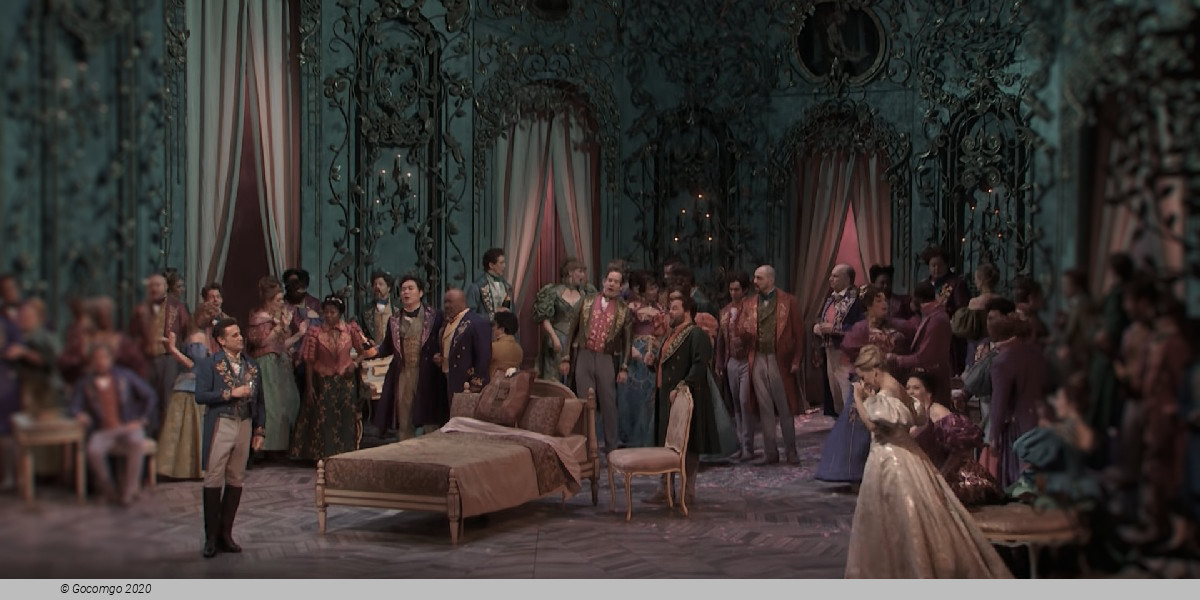

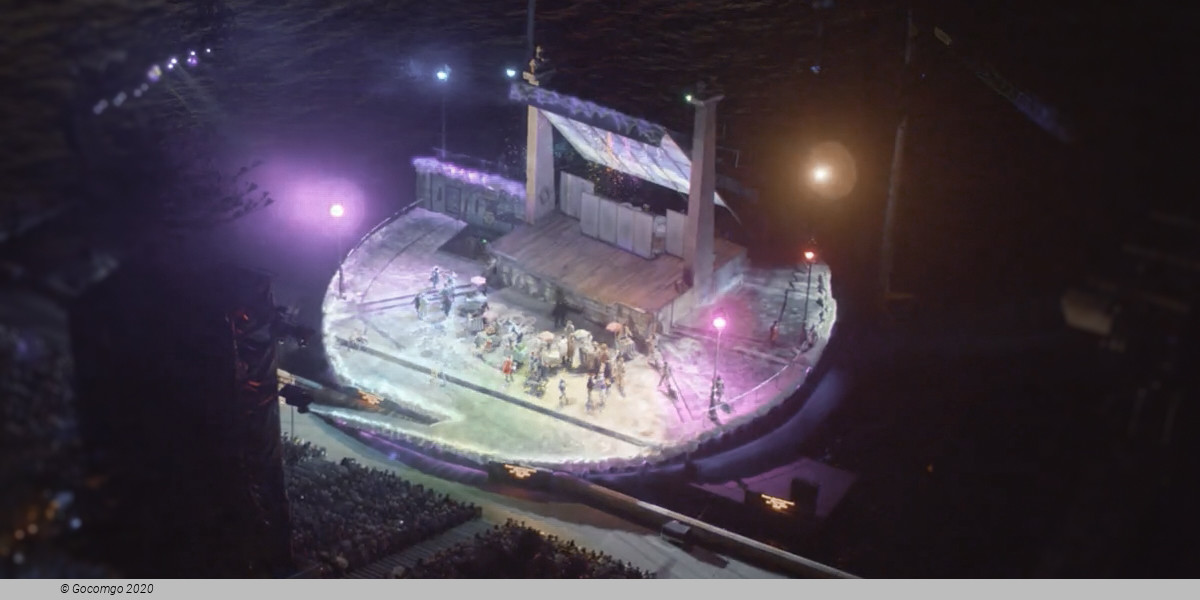


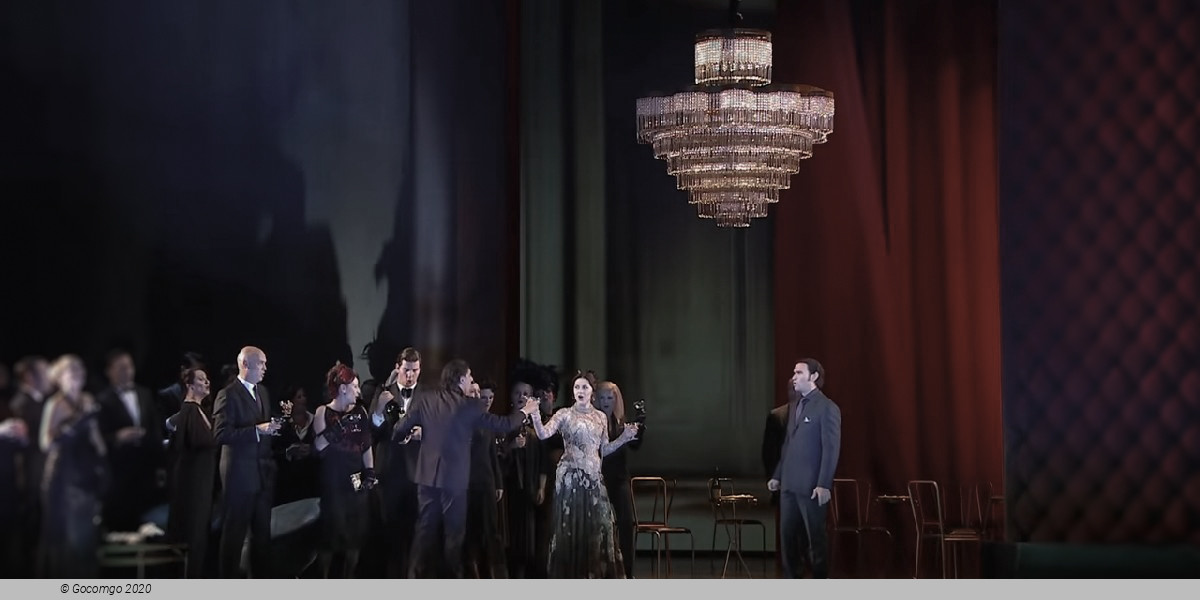
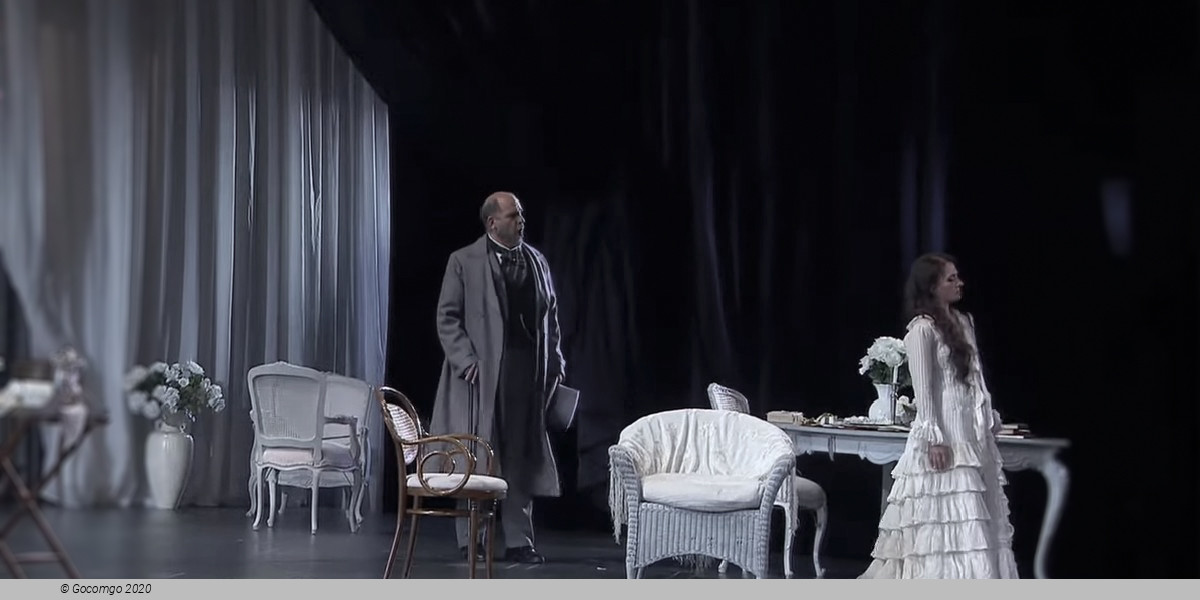
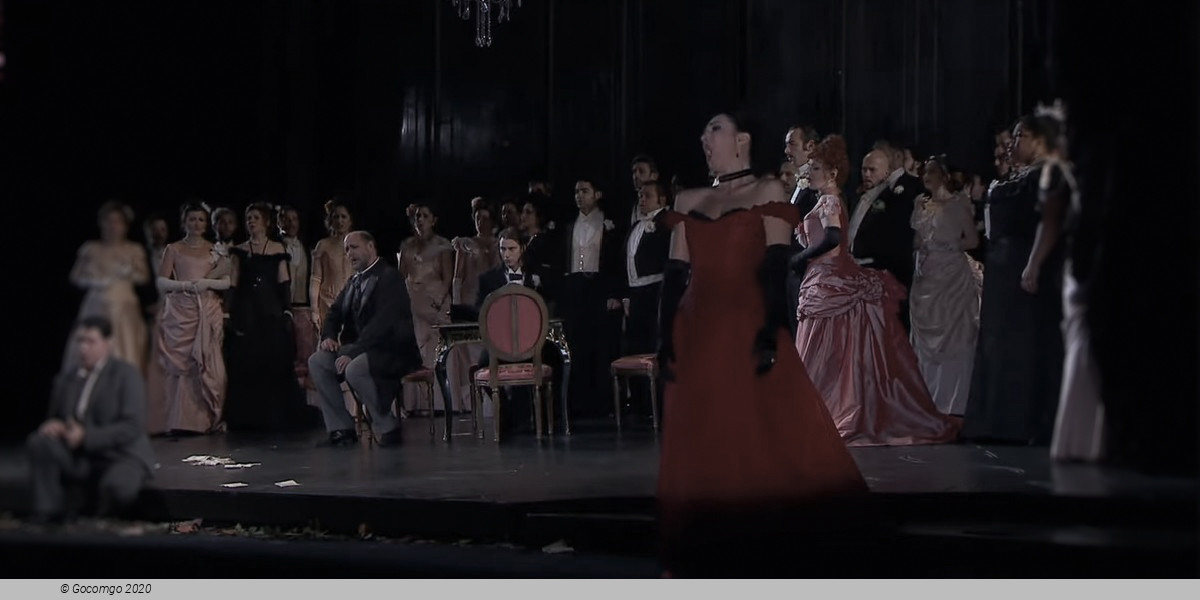

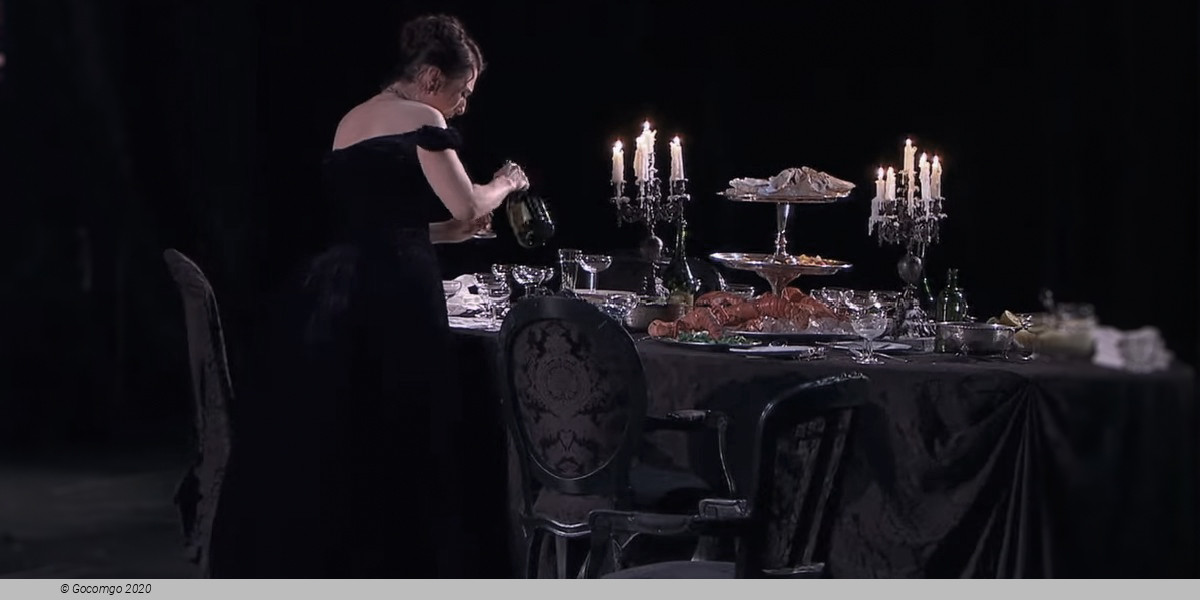
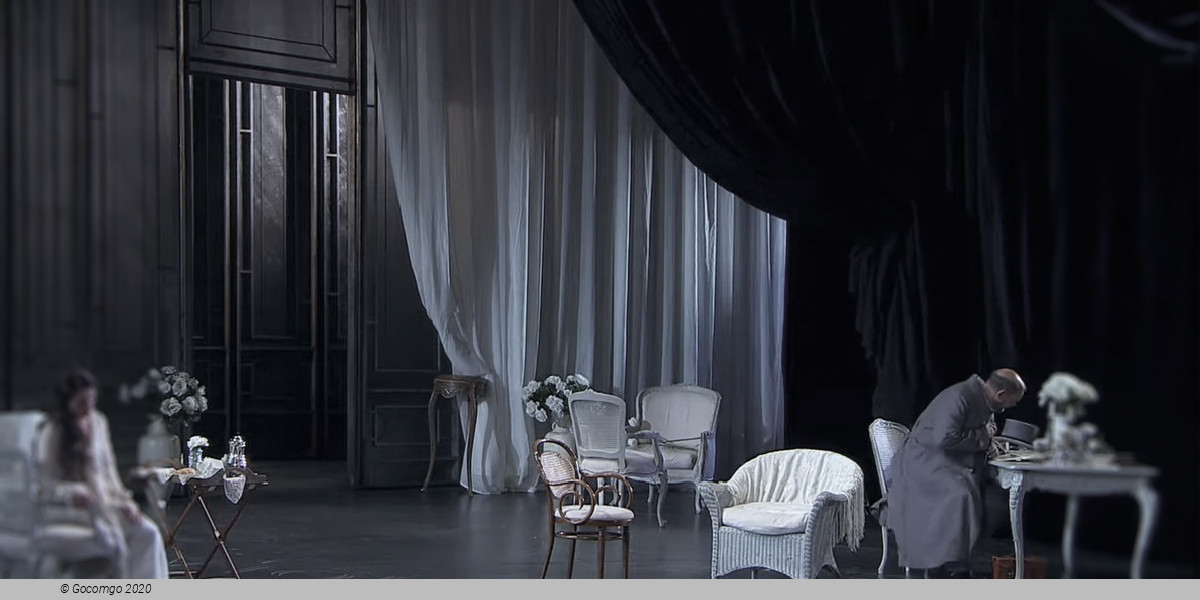
 Bennelong Point, Sydney NSW 2000
Bennelong Point, Sydney NSW 2000